Water charcoal drawing blends the rich textures of charcoal art with the fluidity of watercolor techniques, creating a unique medium that allows for great versatility and depth. It’s a craft where the dramatic interplay of light and dark comes alive in a harmony of washes and strokes. This guide sets out to navigate through the essential techniques, materials, and approaches needed to master water charcoal drawing, allowing both beginner and seasoned artists to embrace and perfect this enticing form of art.
Selecting the Right Materials
High-Quality Charcoal and Paper Choices
The choice of charcoal and paper is critical in water charcoal drawing. Sub-par materials can hinder your creative process. Opt for high-quality, compressed or vine charcoal that dissolves well with water and offers rich pigmentation. Watercolor paper with a good weight (140lb or higher) and texture (cold press for more absorbency) will handle the water without warping and will add dimension to your drawing.
Brushes and Water Control
For water charcoal drawing, an array of brushes from fine-tipped to broad, flat brushes allow for different stroke techniques. Water containers for clean, fresh water and for rinsing brushes are also essential. Control the water you apply; too much can lead to a diluted charcoal wash, while too little may not achieve the desired blending effects.
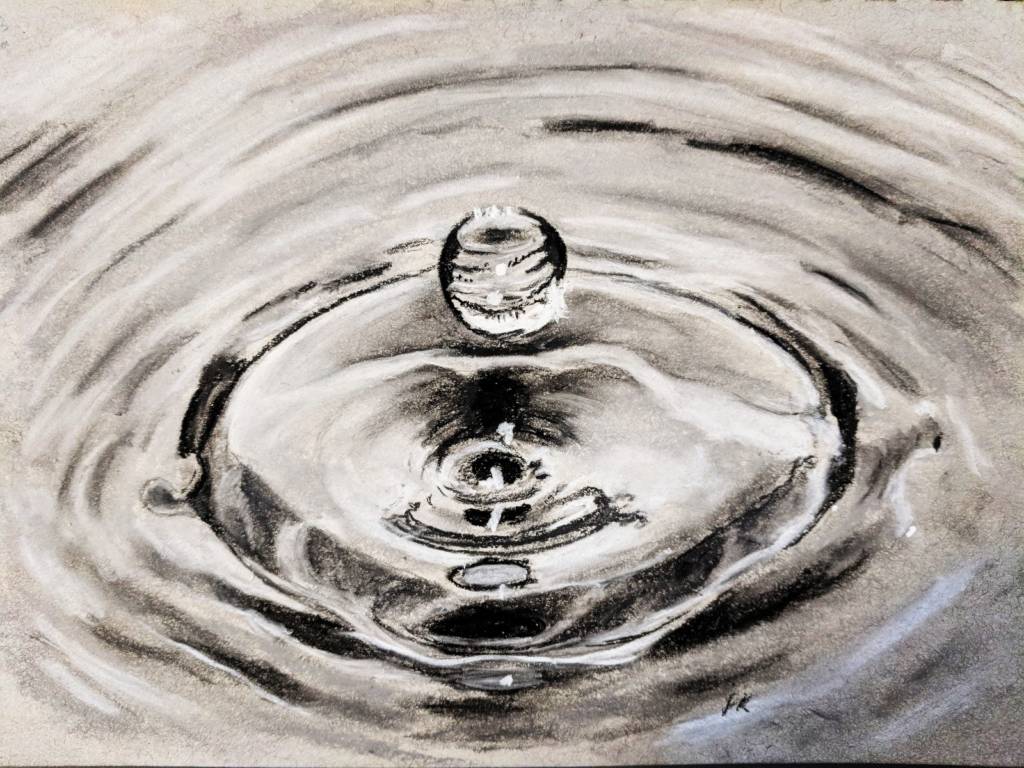
Laying Down the Foundation
Outlining with Light Charcoal Marks
Begin your drawing by lightly sketching the composition with a piece of vine charcoal. This initial stage involves placing the fundamental shapes and lines, which serve as a guide without committing to heavy, hard-to-erase marks. Remember, the beauty of water charcoal lies in its ability to be manipulated, so maintain a gentle touch during this phase.
Establishing Tonal Values
Once the outline is in place, focus on building up the tonal values. Identify where the darkest shadows and lightest highlights will reside, and apply charcoal accordingly. Use a lighter approach for areas that require a softer tone and apply more pressure or charcoal for those sections demanding deeper shadows.
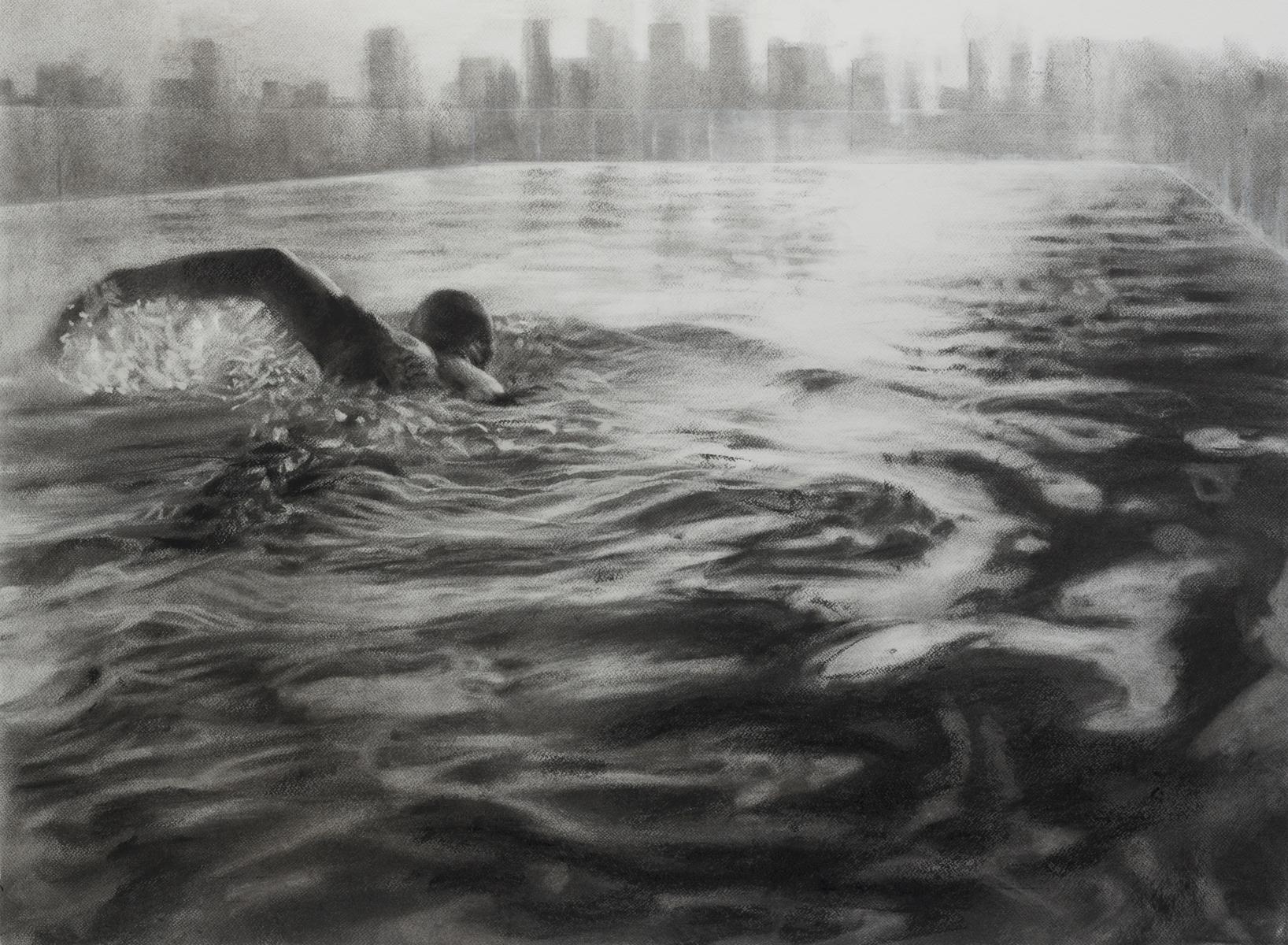
Introducing Water: Technique and Layering
Creating Washes and Gradients
By introducing water with a brush, you transform dry charcoal lines into fluid shades that can create mesmerizing gradients. Start by dampening your brush slightly and lightly dragging it across the areas with charcoal. Observe the charcoal bleed and spread, producing soft gray tones and deeper shadows as it mixes with the water.
Layering for Depth
Layering is the key to achieving depth and complexity in your drawings. Allow the initial water charcoal strokes to dry before adding additional layers. This will give you more control over the dark and light areas, as you can gradually build on the intensity of the shadows and soften the edges where needed.
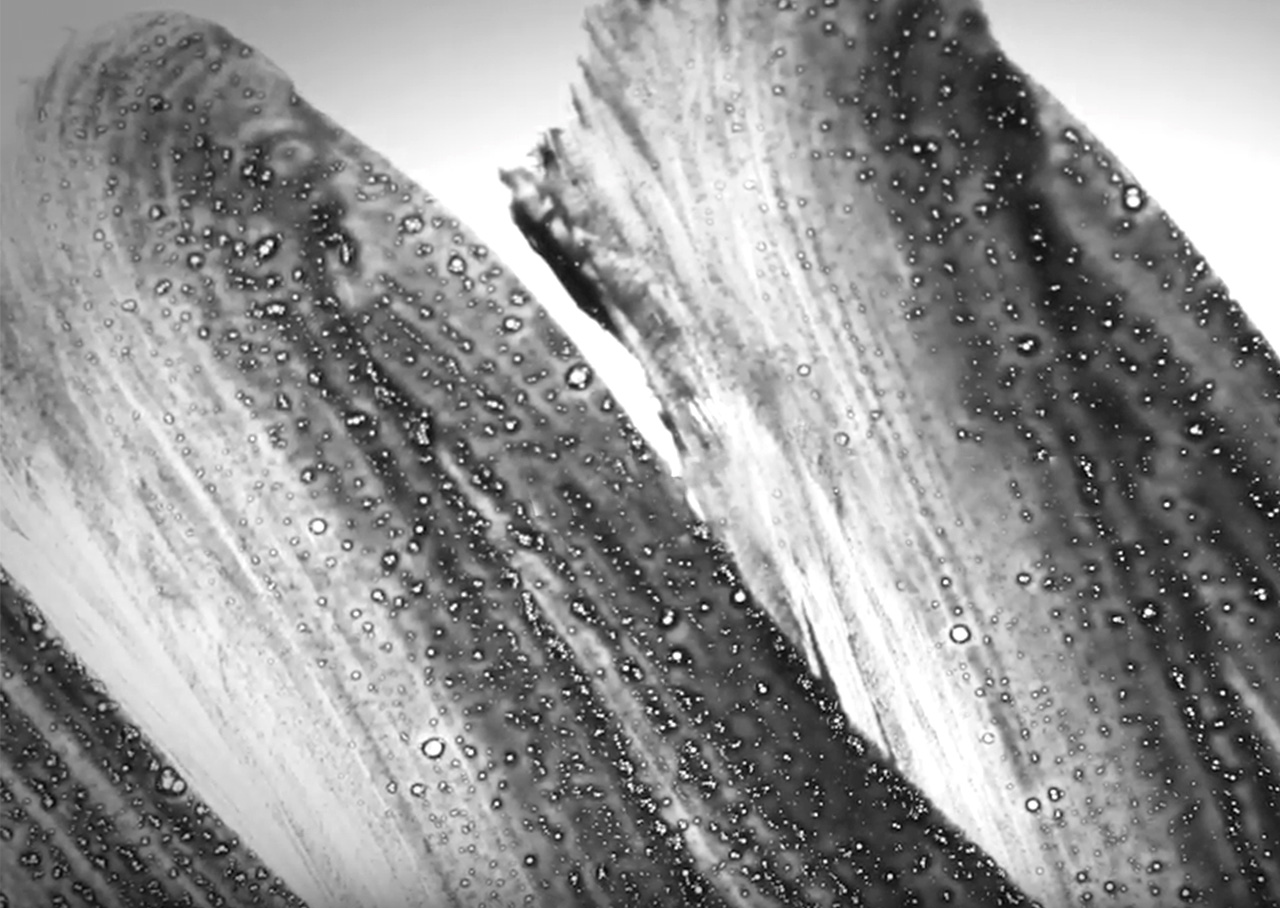
Control and Precision in Stroke Work
Sharpening Details and Textures
After the foundational washes have settled, it’s time to refine your artwork. Use a fine-tipped brush to enhance details and textures. Pay attention to the directional flow of water when applying it to charcoal. It’s this precise stroke work that breathes life into your subject, delivering sharpness and clarity where necessary.
Balancing Water Use with Paper Absorbency
As you add details, balance your water use according to the paper’s absorbency. It’s essential to know when to let the water do the work and when to reign it in to maintain the paper’s integrity and avoid over-saturating your piece. Experiment with just enough water to soften or spread the charcoal without losing control of your strokes.
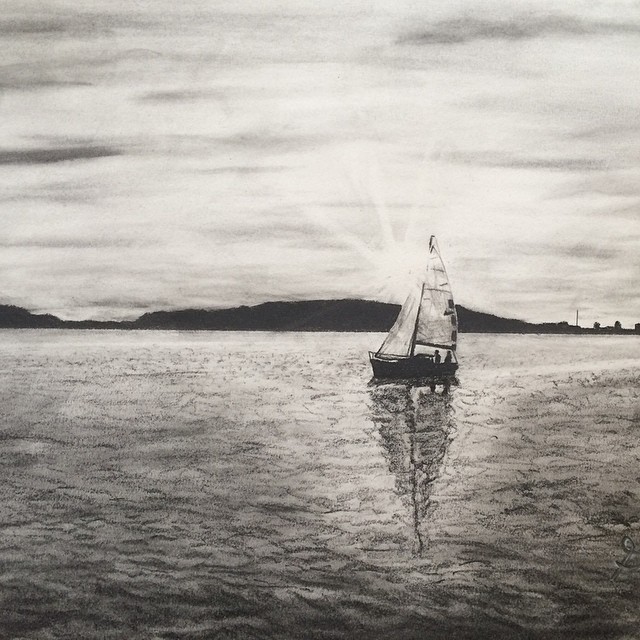
Perfecting Light and Shadow Dynamics
Highlighting and Contrast
Utilize the white of the paper and the gradient capability of water charcoal for stark contrasts and highlights. You can add water to lighten specific areas, as the water lifts the charcoal from the paper, or you can leave parts untouched to let the paper’s natural whiteness shine through, creating striking highlights.
Embracing the Natural Flow
Respect and embrace the natural flow and organic patterns created by combining charcoal and water. This unpredictability can lead to stunning effects and should not be fully controlled. Learning when to let go and allow the medium to interact freely can result in beautiful, unexpected outcomes.
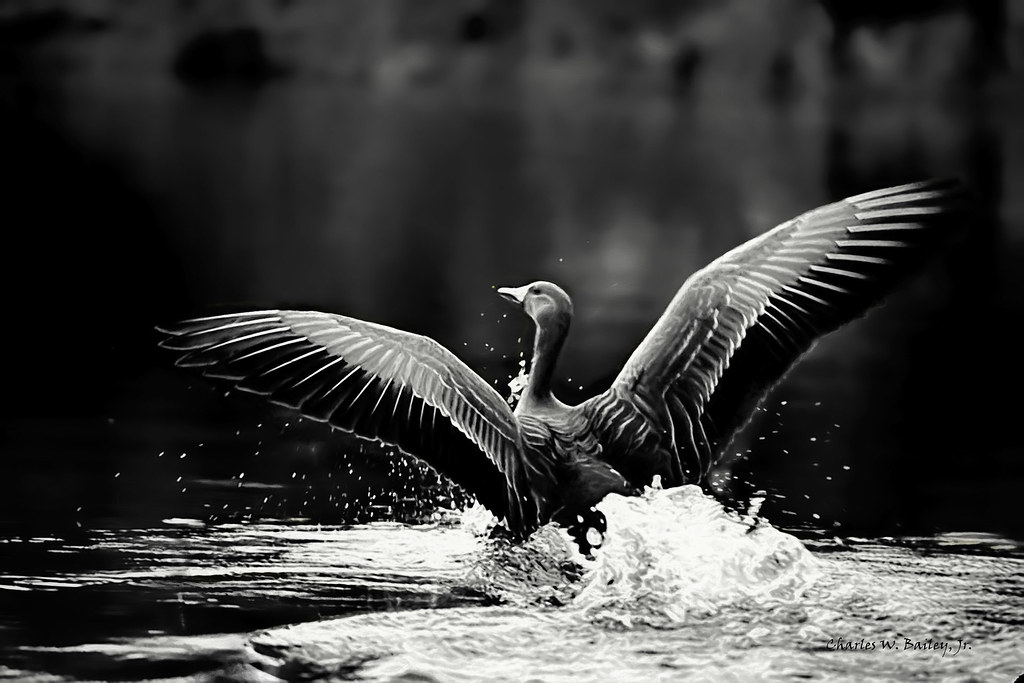
Preservation and Presentation
Sealing and Protecting Your Work
Upon completion, it’s critical to preserve your artwork. Use a fixative spray to set the charcoal, reducing smudging and ensuring its longevity. Test the fixative on a sample piece first to ensure it doesn’t affect the nuances of your water charcoal work.
Framing and Matting
When framing, choose a matte that complements the tones in your drawing. Consider using spacers between the artwork and the glass to prevent the charcoal from transferring. Display your water charcoal drawing in a place where moisture and direct sunlight are limited to protect from fading and deterioration.
Enhancing Techniques through Practice
Experimentation as a Learning Tool
Improvement in water charcoal drawing, as with any art form, comes through consistent practice and experimentation. Dedicate time to play with the concentration of charcoal, the amount of water, and varying brush types. Each combination produces different textures and effects that can enhance your creative vocabulary.
Study of Light and Form
Study how light interacts with forms in your environment. Understand which angles create the deepest shadows and how light highlights different textures. Translate these observations into your water charcoal drawings, replicating these elements to achieve realism or to enhance stylistic expression.
Curating a Personal Style
Developing a Signature Look
As you grow more comfortable with the medium, begin refining a personal style that speaks to your artistic voice. Whether you gravitate towards bold, stark contrasts or subtle, dreamy washes, let your preferences guide the evolution of your water charcoal drawings. The uniqueness of your touch will define your work and set it apart.
Incorporating Other Mediums
Consider blending water charcoal techniques with other mediums to broaden the spectrum of possibilities. You may introduce ink for defined lines, or pastels for a touch of color. Be bold in integrating new materials, as this can lead to innovative results and novel artistic pathways.
Showcasing and Sharing Your Art
Building an Artistic Portfolio
Compile your best water charcoal drawings into a portfolio, showcasing a range of your skills and styles. This curated collection not only serves as a record of your artistic journey but can also be used to share your work with others, either through social media or at art shows.
Engaging with the Artist Community
Engage with other artists who work with water charcoal or similar mediums. Share techniques, critique each other’s work constructively, and indulge in collaborative projects. The insight and inspiration gained from a community of peers are invaluable to personal and artistic growth.
Mastering water charcoal drawing is a journey of building skills, embracing experimentation, and developing a personal style. It’s about understanding the delicate interplay between water and charcoal, and how it can evoke mood and atmosphere. As you control and merge these elements on paper, you’ll find yourself creating not just drawings but evocative pieces that have the power to stir emotions. Remember to protect and share your work, and always be open to learning and growing within this fluid and expressive medium.